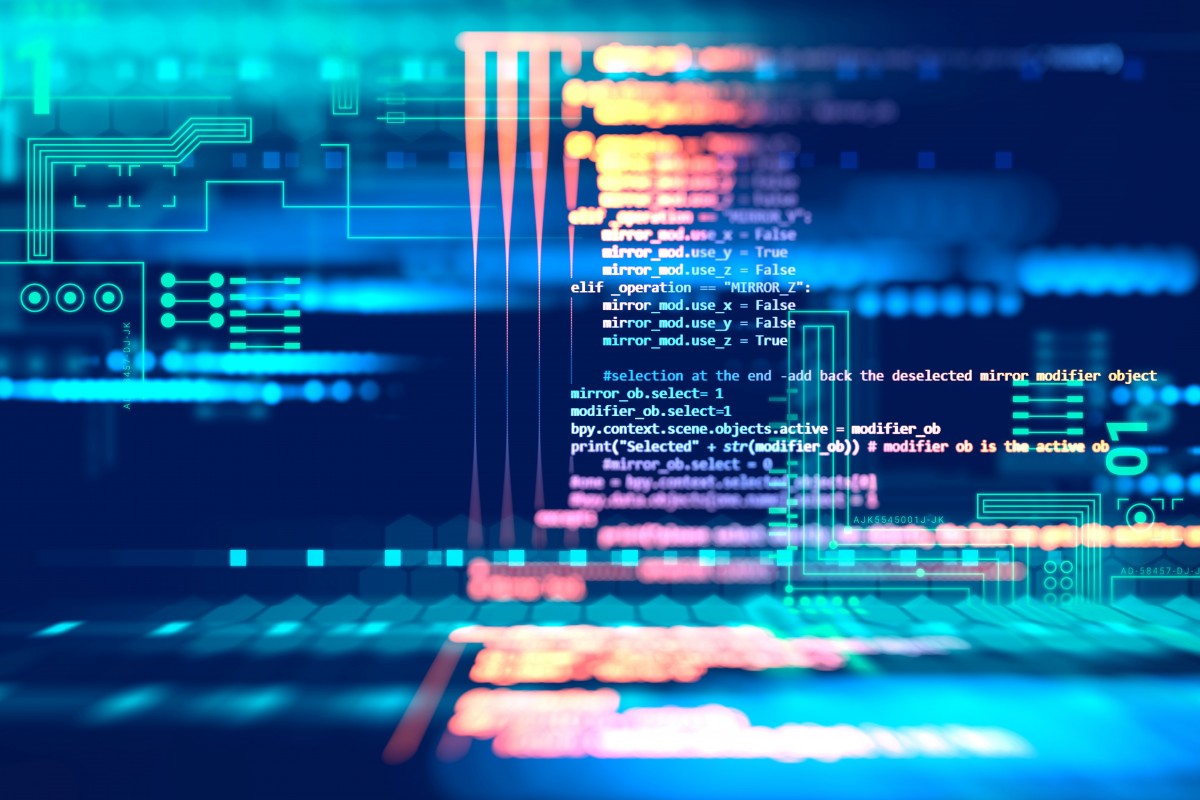The medical industry is under a lot of pressure considering the current global climate. Even in routine situations, a significant amount of behind-the-scenes work occurs whenever you visit a healthcare professional.
You know how there are thousands of jokes plastered all over the internet about how notoriously bad doctors’ handwriting is? You may not realize that the entire process involves more than simply walking into a clinic, receiving a diagnosis, and obtaining a prescription.
This is where medical billing and coding jobs come into the picture. There is a mechanism in place for what happens from the second your healthcare professional checks your symptoms to the time you get your medical bills. Read on to learn more about these opportunities.

Coding
Medical coding is basically a universal coding system that transforms your healthcare diagnosis, procedures, medical services, and general medical equipment into alphanumeric codes.
A medical coder assesses all your information, analyses clinical statements, and uses a standard classification system to assign codes to the information available to him.
Billing
Unlike coding, billing is a claiming process.The primary job of medical billers is to process, follow up, and claim reimbursements from insurance companies that are in business with your healthcare professional.
Medical coding and billing jobs are very closely related, and a majority of the times the same person is in charge of both these duties.
Qualifications
Technically speaking, a medical biller and coder can get by with a high school diploma or a GED, but considering the competition, it is next to impossible to land a good job with these minimum qualifications.
Entry-level medical billers and coders are eligible for employment by completing at least a 6-month certification in coding and billing experience.
Experienced medical billers and coders (who earn more than average) are often recipients of two-year associate degrees in medical coding and Health Information Technology.
The American Association of Professional Coders has official certifications that make it much easier to land high paying jobs in this field.
Watch Out for Scams
One thing to watch out for if you are thinking about getting into medical billing and coding. There are scams out there that offer courses in medical billing and coding, but if you are going to take a course make sure that is certified and reputable.
Remuneration and Jobs

According to the latest reports, the average medical billing and coding salary in the United States is more than $70,000. If you’re AAPC qualified and are looking for jobs in this field, several online platforms offer great opportunities for you.
Google now has its own search results option for jobs throughout the world, which pulls data from popular recruitment websites, like LinkedIn. Indeed is one of the most popular recruiters in the United States, and a quick search will show you thousands of results.
You can also filter these results based on location, experience, and salary. Find medical billing and coding jobs on Indeed here.
One of the most reliable ways to find an opportunity you’re looking for is to find a dedicated website specifically meant for that profile. Find coding and billing jobs at medicalbillingandcoding.org.
Also Read: Job Description - Medical Administrative Assistant
The Bottom Line
We live in an age where automation is taking over. From food to driving to medicine, every industry relies on a coding system to ensure that everything runs smoothly, and there is minimal room for human error.
Medical coding and billing jobs are in high demand because of their nature, especially in today’s trying times. If this is something you’re interested in pursuing as a career, we hope that this article helped you take the required steps in the right direction.







